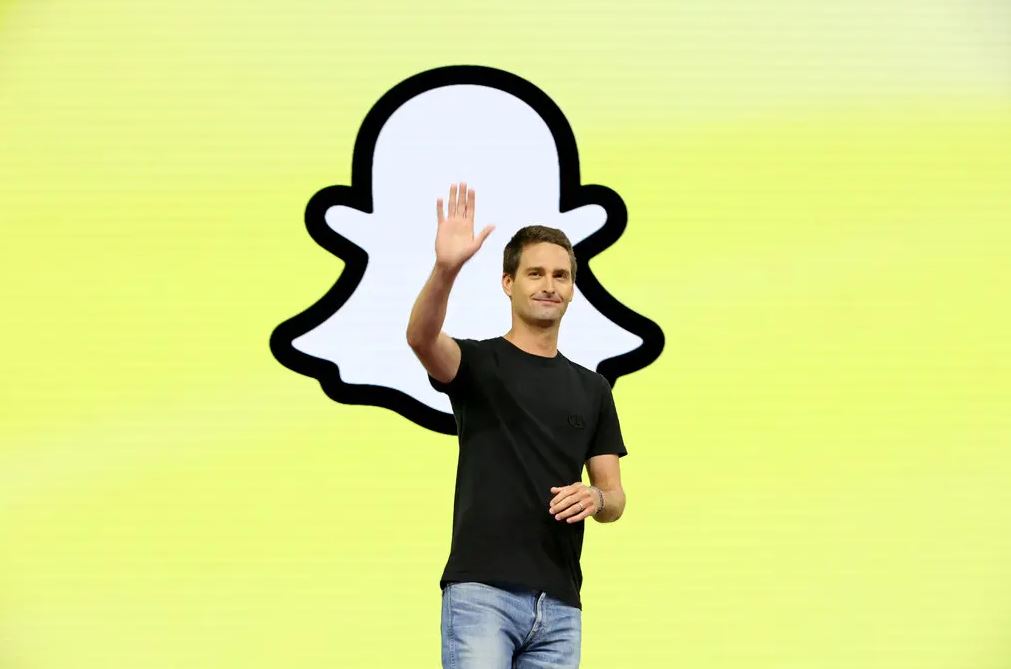Snap, Snapchat’s parent company, announced a decline in revenue on Thursday for the first time since going public as the app developer grappled with a challenging economic climate.
The first quarter’s $989 million in revenue is a decrease of 7% compared to the same time last year. Wall Street had predicted $1 billion, so that was a disappointment. According to the corporation, improvements to the platform where its advertising are sold “disrupted” the ad market. During Thursday’s extended trading session, Snap’s share price dropped by more than 20%.
Snap’s net loss was $329 million, down from $360 million in the same period last year.
The number of daily Snapchat users increased to 383 million, a 15 percent rise over the previous year despite the company’s financial difficulties.
Snap CEO Evan Spiegel made a point to mention Snapchat’s growing user base in a recent announcement. Currently, “we are working to accelerate our revenue growth,” he stated.
Both Google and Facebook, two digital advertising juggernauts, have reported a modest rise in growth this week, indicating that falling demand for search advertisements and display ads has levelled off.
However, smaller companies like Snap still have to contend with giants like TikTok. Apple’s privacy updates have also hurt Snap since they make it more difficult for marketers to obtain data and display personalised advertisements.
The advertising downturn is still a problem for many businesses. YouTube is a Google subsidiary that saw a drop of 3 percent in advertising income in the first quarter.
Snap Inc. was established in 2011, and in 2017 it went public. Investors in the stock do so because they anticipate tremendous development in the company. Snap’s revenue quadrupled between 2020 and 2021, the most recent year for which data is available. In this quarter’s culmination of a year-long slowdown caused by inflation and increasing interest rates, the macroeconomic uncertainty that has plagued the economy became apparent.
Over the last year, Snap’s stock price has dropped by 65%, bringing the company’s capitalization down to $16 billion only this week. That’s lower than the price at which venture investors had estimated the firm would be able to go public in 2017.
Snap, like many other digital companies, has been cutting costs and personnel over the last year by eliminating or drastically reducing ambitious and innovative side initiatives. And, much like the rest of the IT sector, it is placing a significant emphasis on AI.
Snap has introduced a chatbot called My AI, which can have one-on-one or group conversations with Snapchat users. Users voiced their displeasure with OpenAI’s bot. More than two million messages each day, according to Snap, are being sent to the bot.
Snap is likewise trying to increase its subscription fees. There are now three million people paying $4 each month for Snapchat+.
Insider Intelligence analyst Jasmine Enberg noted in a study that the firm has not yet turned the buzz around its new products into revenue, which does not alter “the reality that its core business is struggling.”
